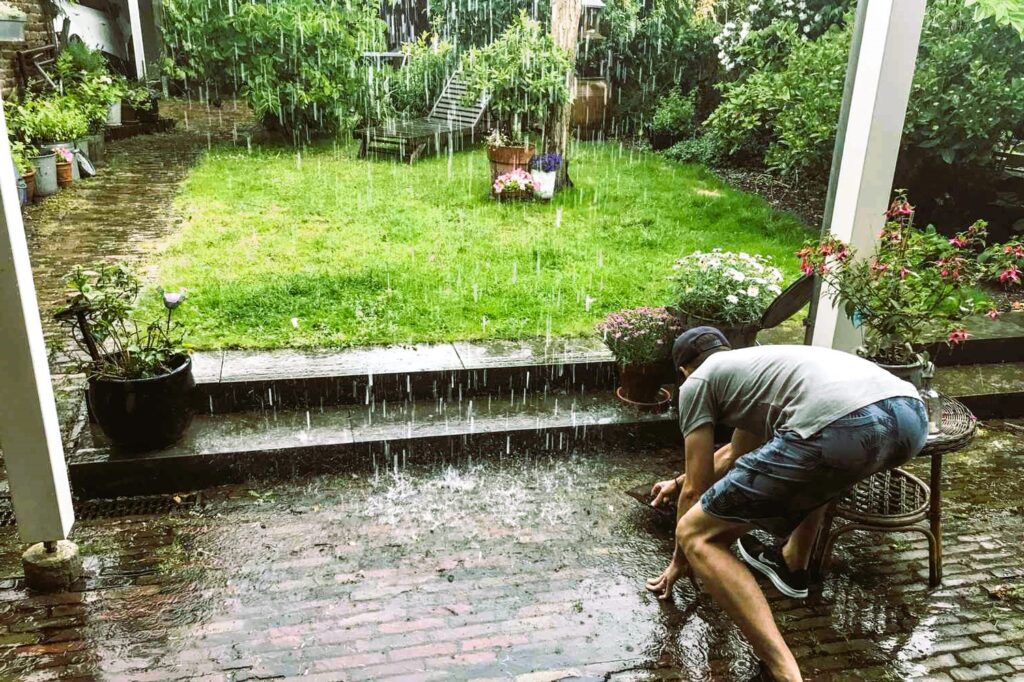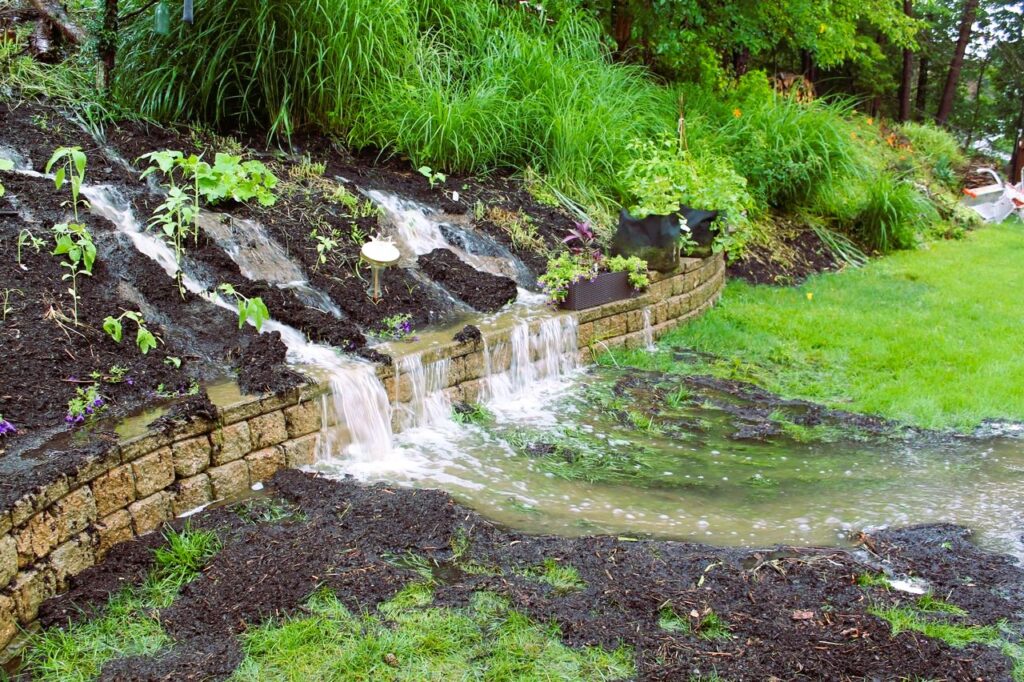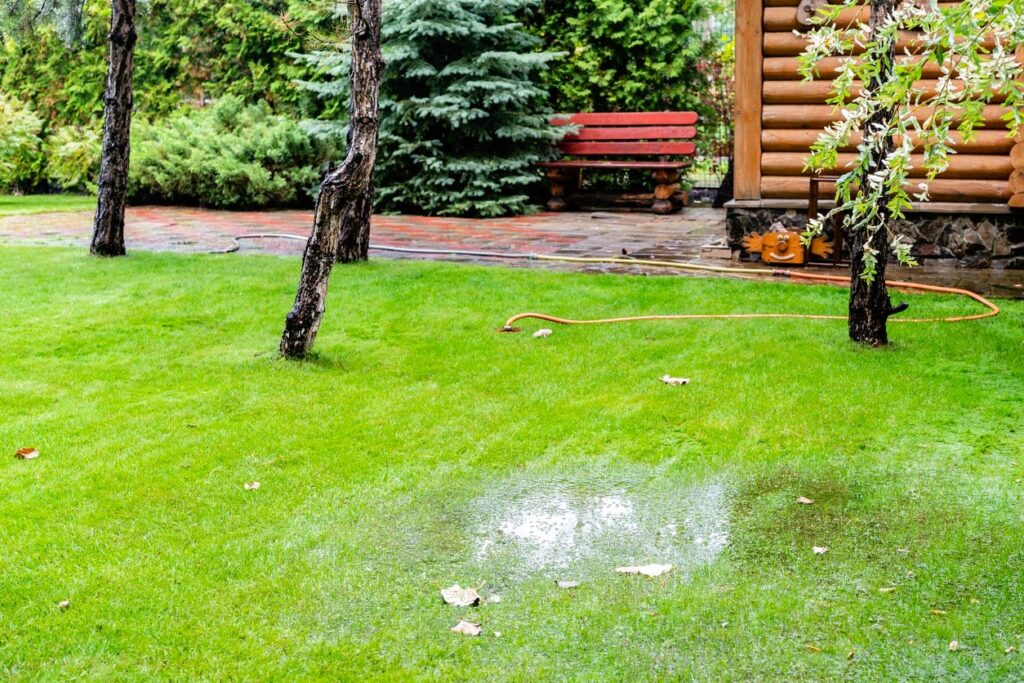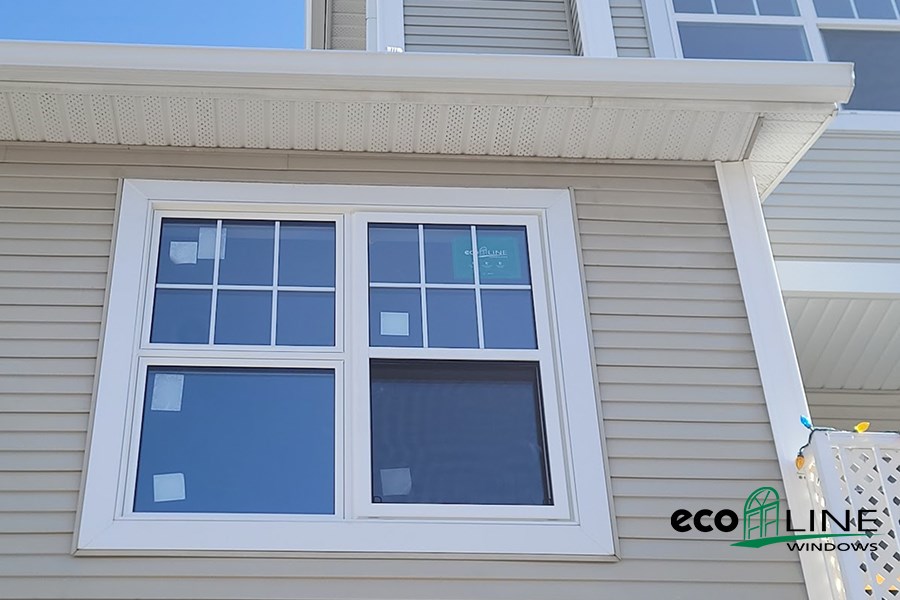
A well-maintained yard can be a source of pride and enjoyment for homeowners. However, without proper water drainage, even the most beautiful yard can turn into a soggy mess during rainy seasons or snowmelt. Yard flooding not only damages your landscape but can also pose structural risks to your home. In this article, we’ll explore the importance of managing water drainage in your yard and provide tips on how to prevent flooding and its associated problems.
The Consequences of Poor Water Drainage
Insufficient water drainage can lead to various issues in your yard, including:
- Soil Erosion: Excess water can wash away topsoil, leaving your yard with uneven surfaces and exposed roots.
- Plant Damage: Soggy soil can suffocate plant roots and promote root rot, leading to the decline or death of your beloved plants.
- Foundation Damage: Excessive moisture around your home’s foundation can weaken it over time, potentially leading to costly structural problems.
- Pest and Mold Issues: Standing water can attract pests like mosquitoes and create an ideal environment for mold and mildew growth.
- Accessibility Problems: Flooding can make your yard inaccessible and create muddy, unsafe conditions for outdoor activities.
Tips for Managing Water Drainage

Proper water drainage is essential to avoid these problems and maintain a healthy yard. Here are some tips to help you manage water drainage effectively:
1. Assess Your Yard’s Slope
Determine the natural slope of your yard and identify low-lying areas where water tends to accumulate. Understanding the natural flow of water is the first step in planning drainage solutions.
2. Install Proper Grading
Grading involves shaping the landscape to direct water away from your home and other vulnerable areas. A gentle slope away from your house is essential to prevent water from pooling near the foundation.
3. Create Swales
Swales are shallow ditches or depressions that redirect water away from critical areas. They can be planted with grass or native plants to enhance aesthetics. Our main steps in summer, spring, autumn and winter, in the article about Seasonal lawn care.
4. Install French Drains
French drains are underground trenches filled with gravel or perforated pipe that collect and redirect water. They are effective for managing excess water in specific areas.
5. Rain Gardens
Rain gardens are planted depressions designed to capture and filter rainwater. They are both functional and aesthetically pleasing, offering a solution for managing water runoff.
6. Use Permeable Surfaces
Choose permeable materials for driveways, walkways, and patios. Permeable pavers allow water to penetrate the ground, reducing runoff.
7. Gutter Maintenance
Ensure your gutters are clean and in good condition. Downspouts should direct water away from your home’s foundation and towards a drainage system.
8. Install Dry Wells
Dry wells are underground chambers designed to collect and slowly release excess water into the ground. They are particularly useful for managing heavy rainfall.
9. Plant Native Vegetation
Native plants have deep root systems that help absorb excess water. They are also adapted to local soil and climate conditions.
10. Consider Rain Barrels

Rain barrels collect and store rainwater for later use, reducing the volume of water that enters your yard during heavy rainfall.
11. Consult a Professional
If you’re unsure about the best drainage solutions for your yard, consider consulting a landscape architect or drainage specialist. They can assess your property and provide tailored recommendations.
12. Maintenance is Key
Regular maintenance is essential to ensure your drainage systems remain effective. Remove debris from swales, clean gutters, and inspect underground drainage components for clogs or damage.
Conclusion
Effective water drainage is crucial for preserving the beauty and functionality of your yard and protecting your home from potential damage. By implementing proper drainage solutions and proactive maintenance, you can prevent flooding and its associated problems. A well-managed yard not only enhances your property’s value but also provides a safe and enjoyable outdoor space for you and your family.
For more information on managing water drainage and preventing flooding, you can visit Wikipedia’s Drainage website. These sources offer valuable insights and guidelines for addressing water drainage issues in your yard.



